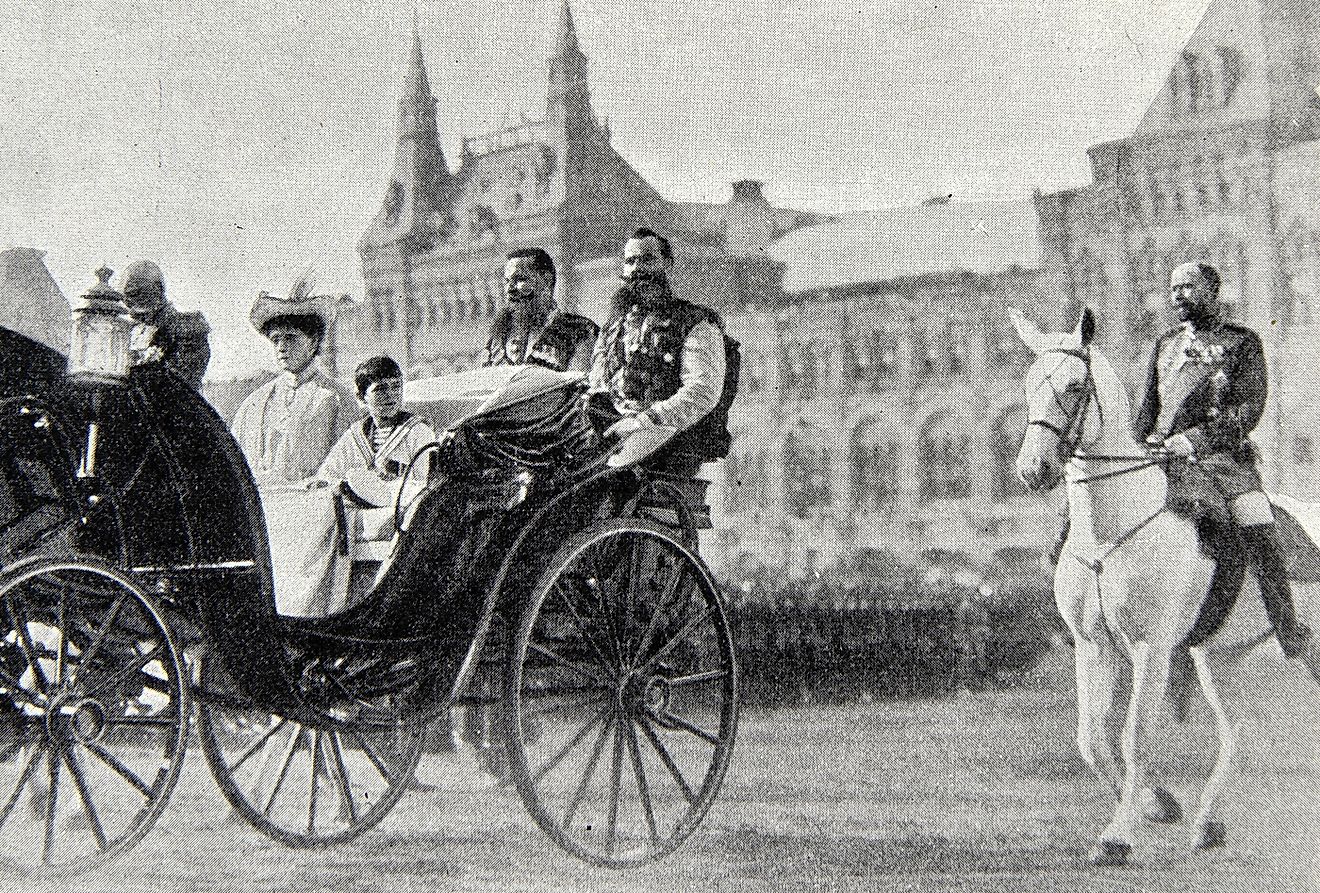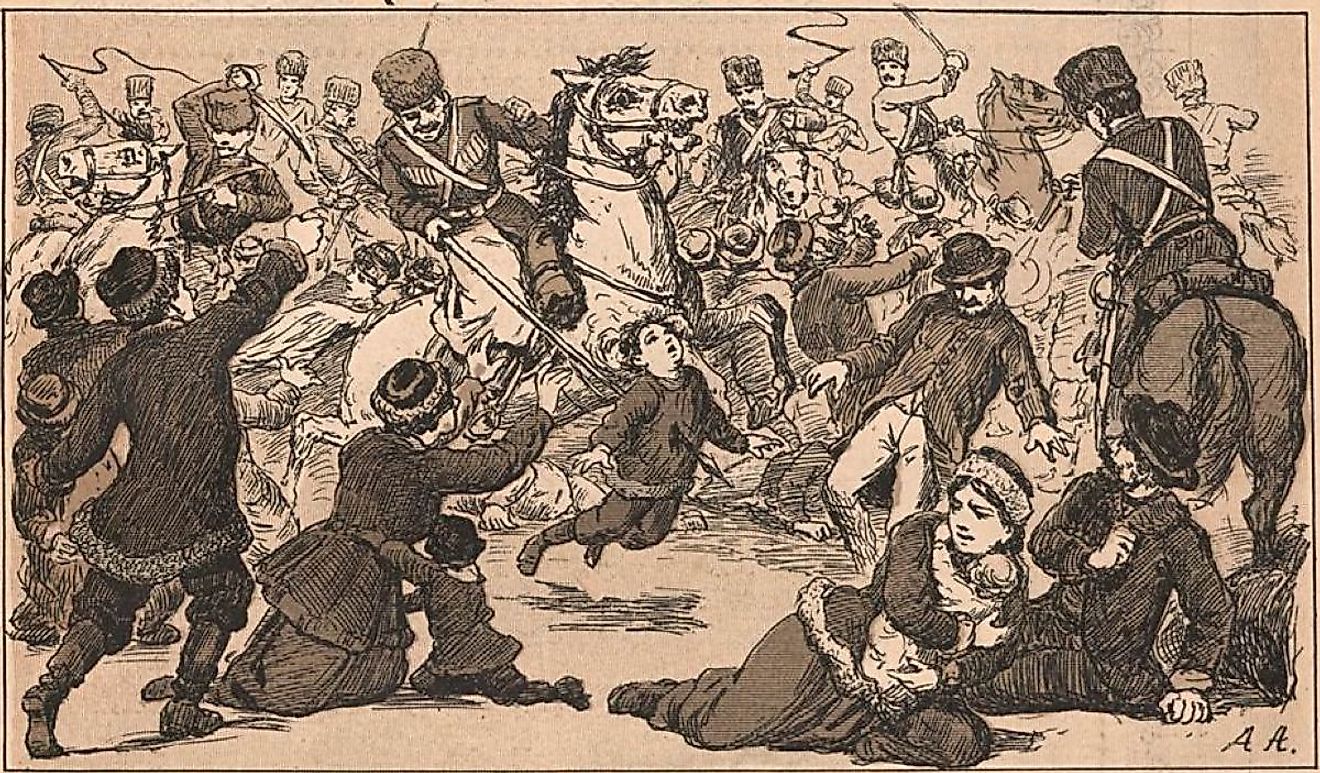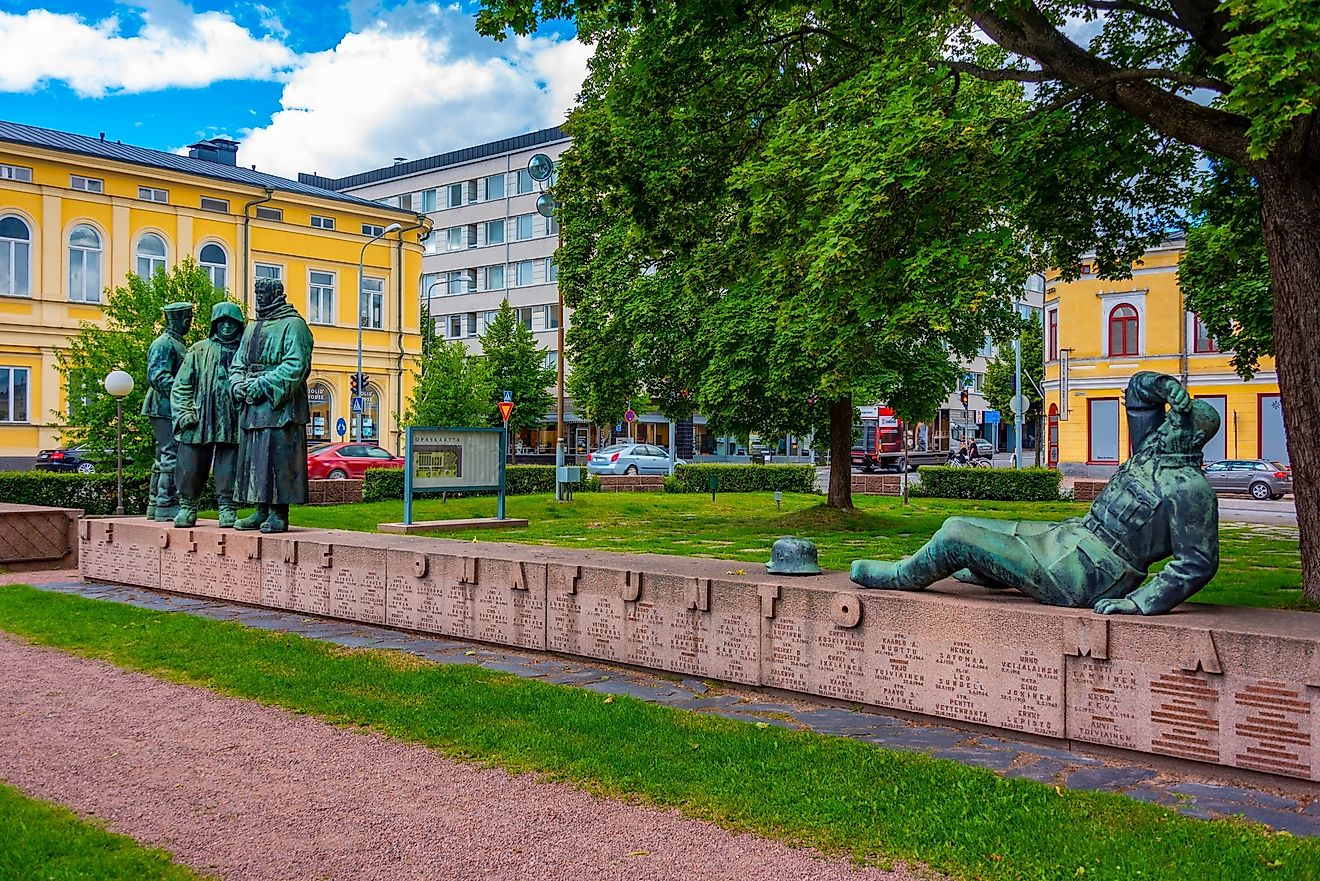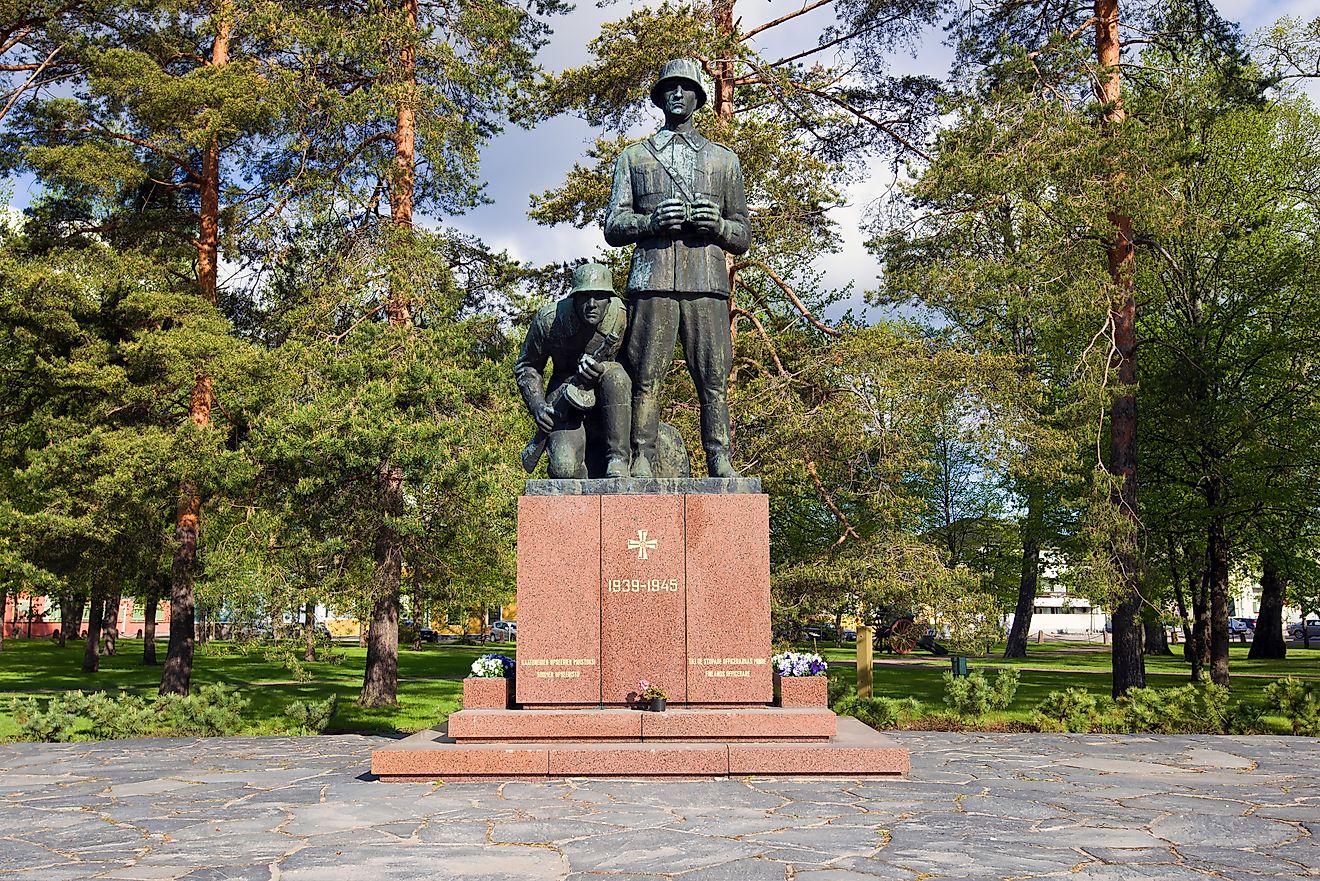What Was The Holodomor?

- The Holodomor was a man-made famine in Ukraine that lasted from 1932-33.
- The famine resulted in the deaths of at least 3.9 million Ukrainians.
- At least eighteen countries around the world recognize the Holodomor as state-level genocide.
- To this day, Russia denies the event was an act of genocide.
The Holodomor refers to the man-made famine in the Ukraine Soviet republic from 1932-1933 which resulted in mass starvation and millions of deaths. The Holodomor is now known as an act of genocide against the Ukrainian peasantry. On the surface, the Holodomor was disguised as “the need of bread for the cities,” amplified by industrialization. While the need for bread in cities was real, the Holodomor was carried out by the Soviet government as part of the broader Soviet famine that targeted the grain-growing regions of Russia and Kazakhstan from 1931-34. The famine was part of a broader Soviet campaign of repression and persecution against the Ukrainian identity, aimed at destroying any seeds of independence and cultural autonomy in Ukraine following the Ukrainian-Soviet War in which Ukraine had briefly established itself as an independent state. (1917-1921).
In 1929, Soviet leader Joseph Stalin ordered the collectivization of agriculture in Ukraine, forcing farmers to forfeit their lands to the state and work on collective farms, with a set amount of the harvest going to the Soviet state. Some small subsistence farmers resisted, the Kulaks (rich peasants) as they were called by the Soviets, but those that were caught were declared enemies of the state. Plans were made to deport as many as 50,000 Ukrainian families.
Stalin's Campaign Against Ukrainian Identity
By the fall of 1932 Soviet quota for grain was so high the Ukrainian farmers were 60% short of the target. In punishment for missing the quota, families were forced to give up the grain they had set aside to feed themselves. Some, suspected of hoarding grain, were imprisoned. Stalin also used the farmers’ failure to meet the quota as an excuse to intensify his campaign against the Ukrainian identity, issuing a ban on the use of the Ukrainian language in official correspondence.
The food shortages and famine caused by the Soviet collectivization sparked peasant revolts. In response, the Soviets took stronger action against the Ukrainians, preventing food from getting to certain farms, villages, and towns, and barring peasants trying to leave Ukraine to find food. When an increased quota for grain was not met in the winter of 1932-33, Soviets broke into peasant’s homes, taking all the edible goods the peasants had set aside for themselves. With no more room in prison and labor camps, and the Ukrainian peasant population decimated, the Soviets were forced to ease the collectivization. But the damage was done, and the result was mass starvation and death.
Hunger Extermination

The term Holodomor a combination of the Ukrainian words holod (hunger), and mor (extermination). The famine resulted in the deaths of at least 3.9 million Ukrainians by 1934. Soviets actively silenced news of the famine, forbidding government officials and journalists alike to discuss or write about it. Stalin covered up the 1937 census results to disguise the massive death toll in Ukraine. At least eighteen countries around the world, including the US and the Vatican, now recognize the event as a state-level genocide, but Russia continues to deny that the Soviets committed genocide.











